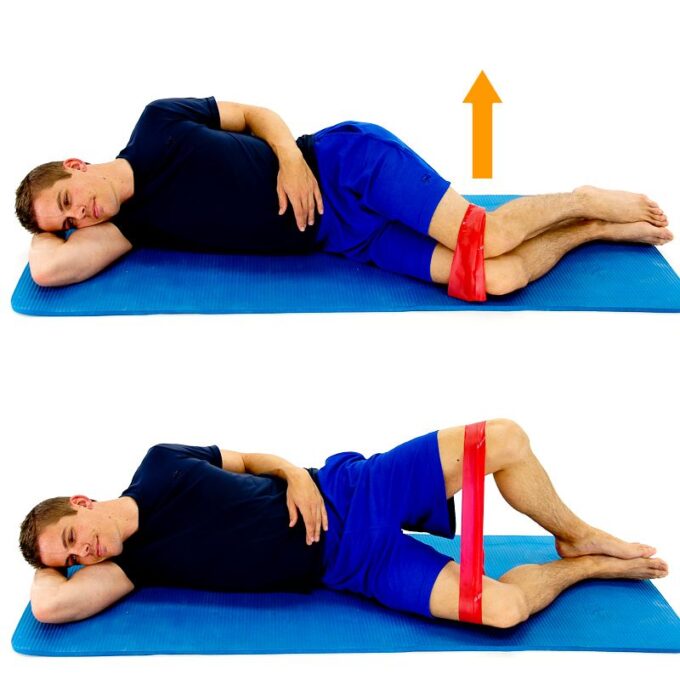Your life is essentially the sum of your habits (whether good or bad). How do we make ones that benefit our lives? Author James Clear of “Atomic Habits” theorizes there are four stages (or laws) that create the foundation of every habit.

Step 1: Cues
Cues trigger your brain to begin a behavior. Cues depend on what you feel is rewarding. Prehistoric ancestors looked for cues that would indicate rewards like food, water, and a partner. Modern cues might predict secondary rewards like money and fame, power and status, praise and approval, love and friendship, or a sense of personal satisfaction. Cues are the first indication that a reward is nearby, which naturally leads to a craving.
Step 2: Craving
Cravings are the second step of the habit loop; these motivate every habit. Unless we are motivated or desire something—without craving—we have no reason to act. We don’t crave the habit but rather the reward or change it brings us. You do not crave smoking a cigarette, you crave the feeling of relief it provides.
Step 3: Response
Response is the actual habit you perform, which can be either thought or an action. Whether a response occurs depends on your level of motivation as well as ability. If a task requires more mental or physical energy than you want to spend, you are not likely to complete that task. Making habits also depend on ability or how effectively you can do so.
Step 4: Reward
Rewards are the end goal of every habit. The cue is about noticing the reward. The craving is about wanting the reward. The response is about obtaining the reward. We chase rewards because they serve two purposes: (1) they satisfy us and (2) they teach us.
Now that I know how habits are formed, how do I make sure I form a new one that sticks?
| How to Create a Good Habit | |
| The 1st law (Cue) | Make it obvious. |
| The 2nd law (Craving) | Make it attractive. |
| The 3rd law (Response) | Make it easy. |
| The 4th law (Reward) | Make it satisfying. |
1: Reminders. You will be cued to tackle this habit, either by sticky notes around the house, writing it on the calendar, or putting reminders in your phone. There are signs telling you that this habit is a goal.
2: Good lookin’. Is the end goal something you truly desire? Be 100% sure that what you’re committing to is inspiring, delicious, luxuriant, or beautiful to YOU in some way.
3: Easy street. Make sure your habit or goal is something that easily can fit into your current lifestyle. If you are physically unable or don’t have the time, re-assess how realistic it is.
4: Satisfaction. The habit you form should reward you in some way, and if it doesn’t…congratulate yourself with a fabulous prize! A shopping trip when you reach your fitness goal or travel abroad when you quit smoking.
Be mindful of how you spend your energy and direct it towards building positive habits to support a healthy lifestyle. It can be easy to make excuses instead of forming good habits. Consider the 4 steps of forming habits when you feel ready to make changes in your life. Good luck!





